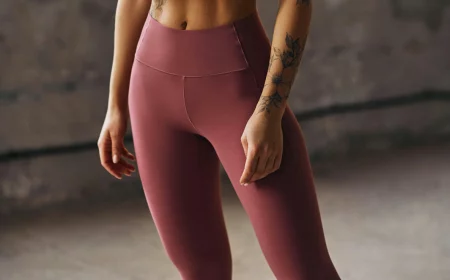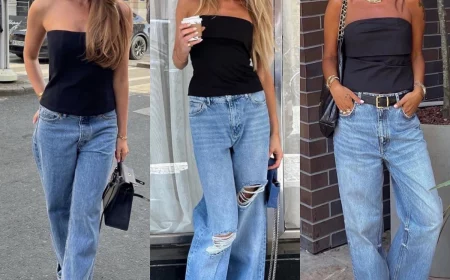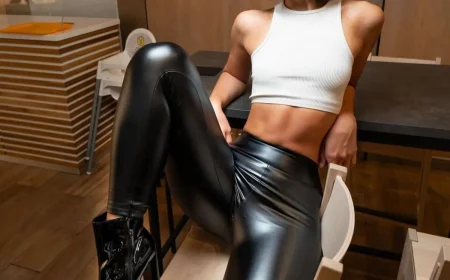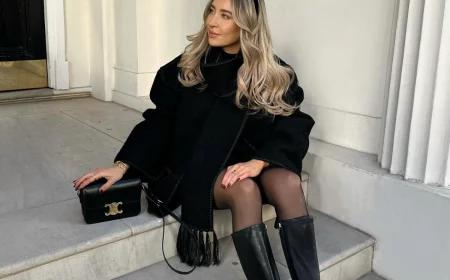A Pro’s Guide to Winter Fabrics: How to Stay Warm Without Wasting Your Money
I’ve spent decades in the textile world, and I’ve seen every winter fashion trend you can imagine. But here’s the secret: trends don’t keep you warm. Physics does. I learned this a long time ago from an old-school tailor who could identify a fabric’s quality just by touch. He used to say, “Fashion is for a season, but good wool is for a lifetime.” He was right. A truly great garment isn’t about the label inside; it’s about the material it’s made from and the quality of its construction.
In this article
- The Simple Science of Not Freezing
- A Look Inside a Pro’s Fabric Swatch Book
- Down vs. Synthetic Fill: The Great Parka Debate
- It’s All in the Details: What Pros Look For
- A Quick Guide: What NOT to Wear in Winter
- Building Your Wardrobe: A Smart System
- Protecting Your Gear: Care and Storage
- A Note on Tailoring and Repairs
- Inspiration Gallery
So, let’s skip the fleeting runway stuff. This guide is all about the real-deal materials and building techniques that create winter clothes that actually work. This is the kind of know-how that ensures you get a wardrobe that protects you and lasts for years, not just until the next big sale.
The Simple Science of Not Freezing
Before we even get to the fabrics, you need to get one thing straight. Your body is the furnace; your clothes are the insulation. The whole point of winter clothing is to trap the heat your body naturally produces by creating tiny pockets of still air. The more still air a fabric traps for its weight, the better it insulates. This is a concept the pros call “loft.” Simple enough, right?
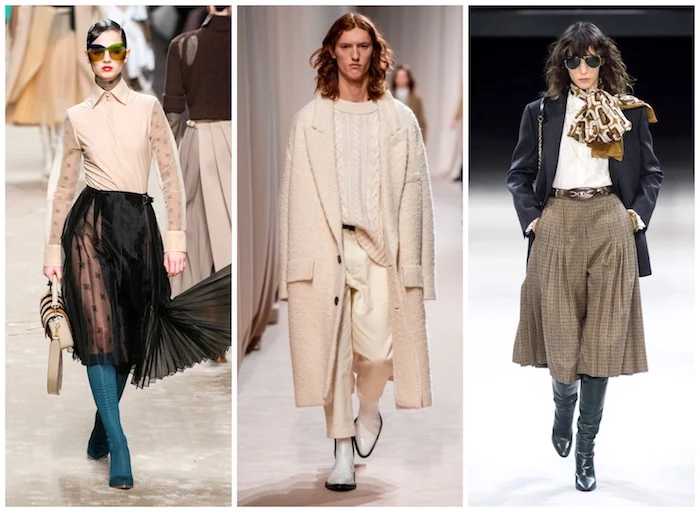
But there’s a catch, and it’s a big one: moisture. If your clothes get wet—from rain, snow, or even your own sweat—they lose their loft. Water is a fantastic heat conductor, and it will wick warmth away from your body at an alarming rate. This is why a jacket that feels toasty in dry cold can be downright dangerous in damp weather.
Understanding these two things, loft and moisture, is everything. It’s the difference between feeling cozy and being miserably, dangerously cold.
A Look Inside a Pro’s Fabric Swatch Book
Walking into a department store can be overwhelming. Let’s cut through the noise and break down the fabrics that really matter for winter.
Wool: The All-Time Champion
Honestly, if you only pick one natural fiber for winter, make it wool. Its properties are pretty incredible. Each wool fiber has a natural crimp—a tiny spring-like structure—that creates millions of air pockets for fantastic insulation.

But here’s the magic trick: wool can absorb a huge amount of moisture vapor before it even starts to feel wet, pulling that clamminess away from your skin. And even when it is damp, it still keeps insulating. This is why those classic fishermen’s sweaters and heavy naval coats were always made of wool. It’s a workhorse that performs when other materials give up.
What to look for:
- The Fiber Type: Merino wool is the softest and finest, making it perfect for base layers and sweaters that won’t itch. A good merino base layer top will probably set you back between $70 and $110, but it’s a worthy investment. Shetland wool is more rugged and has a bit of a toothy feel, ideal for durable sweaters that can cost anywhere from $150 to $300.
- Knit Density: A simple but effective test: hold the sweater up to a light. The less light that shines through, the tighter the knit, and the warmer and more wind-resistant it will be.
By the way, some very traditional, less-processed wools have a bit of lanolin (the natural sheep’s grease) left in them. This gives the garment a degree of natural water resistance. It’s a subtle detail you can sometimes feel.
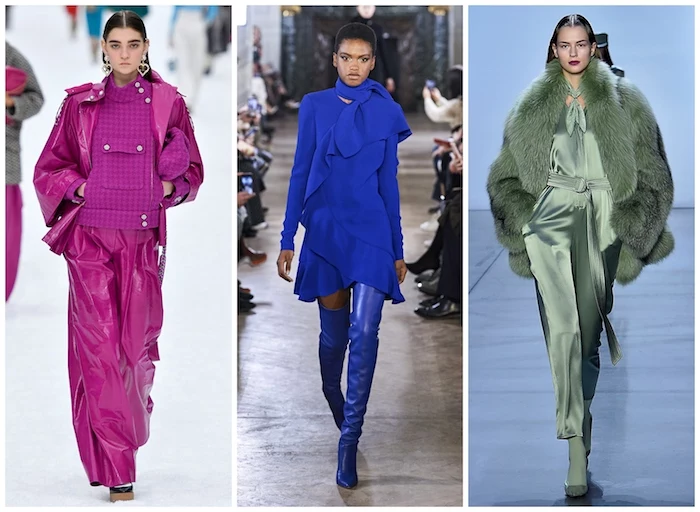
Cashmere and Other Luxuries
Cashmere comes from the super-fine undercoat of a specific type of goat. Its fibers are much finer than sheep’s wool, which is why it feels unbelievably soft. This fineness also allows it to trap air exceptionally well, making it significantly warmer for its weight.
Heads up, though! The market is flooded with cheap “cashmere.” True quality comes from long, unbroken fibers. A bargain-bin $80 cashmere sweater is almost always made from short, cheap fibers that will pill into little balls after just a few wears. Gently rub the surface of the garment in the store. If it immediately starts feeling fuzzy or shedding, walk away. A quality piece, which will likely start at $250 and go way up, should feel smooth and dense.
What About Blends? (e.g., 80% Wool, 20% Nylon)
You’ll see blends on tags all the time, and it’s a fair question to ask: is this a good thing or a cost-cutting trick? The answer is… both. Adding a synthetic like nylon to wool can increase durability and help the garment hold its shape, especially in socks or heavy-wear sweaters. It also brings the price down. An 80/20 blend can be a great, practical choice. But when you start seeing blends like “40% wool, 60% acrylic,” you’re losing most of the benefits of the wool and just getting a cheaper, less breathable garment.
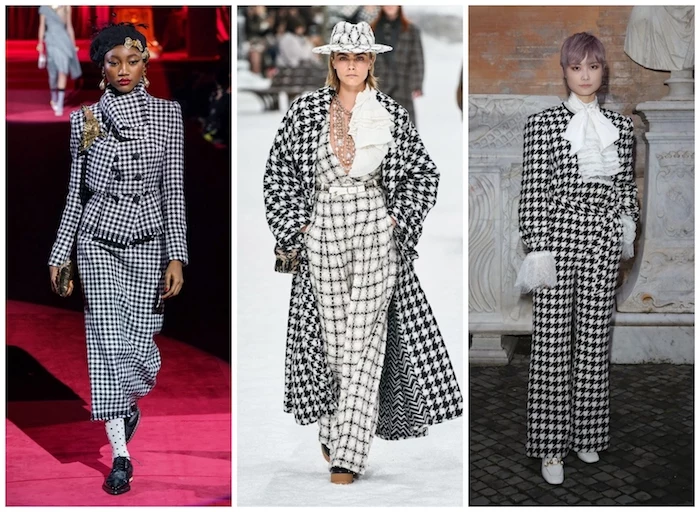
Synthetics: The Practical Workhorses
As much as I love natural fibers, synthetics are essential, especially for mid-layers and outerwear. Think of polyester and nylon as plastic that’s been spun into versatile fibers.
Fleece, which is made from polyester, is a fantastic mid-layer. It’s light, traps air well, and dries ridiculously fast. If you get soaked, you can wring out a fleece jacket and have it be wearable in no time. Its main weaknesses? It does absolutely nothing to block wind and can build up a lot of static. A good fleece jacket is a smart budget buy, usually available for $50 to $90 from outdoor brands like Columbia or The North Face.
A quick safety note: Be super careful with synthetics around open flames like a campfire or a fireplace. Unlike wool, which just chars and often self-extinguishes, synthetics will melt into a hot, plastic mess. I once saw a spark melt a perfect hole right through a client’s new fleece jacket sleeve. It’s a serious thing to consider!

Down vs. Synthetic Fill: The Great Parka Debate
When it comes to those big, puffy jackets, the insulation inside is either down or a synthetic fill. They are NOT the same.
- Down: This is the light, fluffy undercoating from geese or ducks. It has the best warmth-to-weight ratio out there, period. Its quality is measured in “fill power.” Think of it like this: 550-fill-power is decent and found in many lifestyle jackets. 650-750 is the sweet spot for serious warmth and value. 800+ is premium, ultralight stuff for serious outdoor enthusiasts with a bigger budget. The massive weakness? When down gets wet, it clumps up and loses all its insulating power. It becomes useless.
- Synthetic Fill: Materials from brands like PrimaLoft and Thinsulate are engineered to copy down’s structure with polyester fibers. They aren’t quite as warm for their weight as top-tier down, but their huge advantage is that they keep insulating even when damp. This makes them a more reliable and often more affordable choice for everyday winter use in wet, slushy climates. A solid synthetic parka can often be found in the $150-$300 range.
So, which to choose? To be frank, for most people, a synthetic-fill jacket is the more practical and worry-free option. It handles unpredictable weather better and is easier on the wallet. Down is fantastic for dry, deep cold, but it requires more care.

It’s All in the Details: What Pros Look For
You can have the best fabric in the world, but if it’s put together poorly, it’s junk. I always check the little things—the seams, the lining, the zippers. These tell you the real story.
- Stitching: Look closely at the seams. You want to see tight, dense stitching with a high number of stitches per inch. This makes the seam strong and prevents puckering. Sloppy, loose threads are a major red flag.
- Linings: A cheap polyester lining can feel clammy and sticky because it doesn’t breathe. In contrast, a high-quality lining, like Bemberg (sometimes called cupro), is silky, breathable, and durable. It’s what you’ll find in high-end coats and is a true sign of quality.
- Zippers: This is an easy one. Pull back the flap and check the zipper. If you see the letters “YKK” on the pull, that’s a great sign. They are known for making the most reliable zippers in the world. A cheap, no-name zipper is one of the first things to fail on a jacket, and it’s a pain to replace.

A Quick Guide: What NOT to Wear in Winter
Sometimes, knowing what to avoid is just as important as knowing what to buy.
- Cotton: The Absolute Worst. I can’t stress this enough: avoid cotton in cold, wet weather, especially as your base layer. Cotton is like a sponge. It absorbs sweat and rain, loses all its insulating properties, and actively pulls heat from your body. It’s the fast track to getting dangerously cold.
- Flimsy Hardware: If the buttons feel like they’ll crack if you look at them too hard, or the zipper snags in the store, imagine how it will perform in freezing temps with gloves on. These are signs the manufacturer cut corners everywhere.
Building Your Wardrobe: A Smart System
You don’t need a huge closet. You just need a few versatile pieces that work together.
The classic three-layer system is your best bet: a moisture-wicking base layer (merino or synthetic), an insulating mid-layer (fleece or wool), and a protective outer layer (a windproof/waterproof shell or parka). This lets you adapt to any condition by adding or removing a layer.

Your First Winter Wardrobe: Where to Splurge & Save
Getting started? Here’s a practical shopping list:
- Base Layer: You can save here. A synthetic thermal from a store like Uniqlo or Target works great and costs around $25. If you want to invest, a merino wool base layer from Smartwool or Icebreaker ($80+) is an amazing upgrade in comfort and odor-resistance.
- Mid-Layer: A fleece jacket is your best budget option at around $60 from any outdoor store. For an investment piece, a quality Shetland or lambswool sweater ($150+) will last for decades and offers a more classic look.
- Outer Layer: This is where you should invest. Your coat is your main shield. A reliable synthetic parka from a brand like Lands’ End or Eddie Bauer can often be found on sale for $175-$250. An investment-grade down or technical shell from a specialist like Patagonia or Arc’teryx will run you $400 or more, but it’s built for extreme performance and longevity.
- The Quickest, Cheapest Upgrade: Go to your sock drawer. If you’re wearing cotton socks in winter boots, stop. Go buy a few pairs of merino wool hiking socks for about $20-$25 a pair. I promise, this is the single biggest comfort-for-dollar upgrade you can make for winter.

Protecting Your Gear: Care and Storage
Good winter clothes are an investment, so treat them like one. When the season ends, a little care goes a long way.
Your End-of-Season Storage Checklist:
- [ ] Wash Everything First! Moths and other pests are attracted to body oils and dirt, not the fabric itself. Clean garments are safe garments.
- [ ] Wash Gently. For wool and cashmere, hand wash in cool water with a special wool soap. Never, ever put them in a hot dryer. Lay them flat on a towel to dry so they don’t stretch out.
- [ ] De-Pill Your Sweaters. Those little fuzzballs are normal. Use a sweater comb or a battery-powered fabric shaver to gently remove them. Don’t pull them, as that can break the fibers.
- [ ] Store in Breathable Containers. Avoid sealing wool or down in those vacuum bags for long-term storage; it can crush the fibers and ruin their loft. Use canvas bags or plastic bins with a loose-fitting lid.
- [ ] Add Cedar or Lavender. Tossing in a few cedar blocks is a classic, non-toxic way to keep moths away. I learned this lesson the hard way after losing a favorite sweater one summer. It’s a mistake you only make once!

A Note on Tailoring and Repairs
An off-the-rack coat almost never fits perfectly. A local tailor can make small tweaks that make a huge difference. Getting sleeves shortened to the right length (just covering the wrist bone) is a simple job that might cost you $25-$40 and stops cold air from shooting up your arms. Taking in the body of a coat to remove drafty space could run $40-$60.
Oh yeah, and don’t be afraid of simple repairs! But know your limits. Darning a small hole in a sweater is one thing, but replacing a jacket’s main zipper is a job for a pro. It might cost a bit, but it’s almost always cheaper than buying a whole new high-quality coat.
Inspiration Gallery

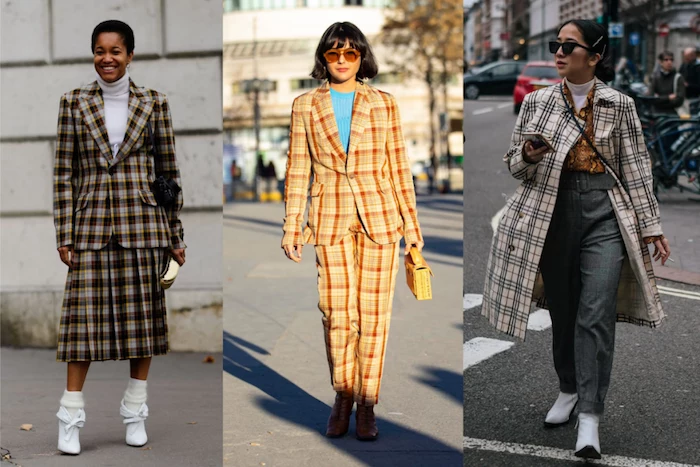

Don’t overlook the rugged charm and performance of Shetland wool. Sourced from sheep on Scotland’s Shetland Islands, its fibers are thicker and more robust than Merino. This creates a fabric that is exceptionally durable and warm, perfect for a sweater that will stand up to years of active wear. It has a uniquely crisp, airy feel and a character that only improves with age.



- Less is more when washing wool. Use a dedicated wool detergent like The Laundress Wool & Cashmere Shampoo.
- Always reshape garments while damp and lay them flat to dry on a towel, away from direct heat or sunlight.
- A good quality fabric comb or electric shaver is your best defense against pilling on cashmere and other fine knits.



The hidden weakness of cotton: While a cotton sweatshirt feels cozy indoors, it’s a poor choice for active winter layering. Cotton absorbs moisture and holds it against your skin, rapidly pulling away body heat once you start sweating or get caught in the rain. For winter, think of cotton as a fashion layer, not a functional one.

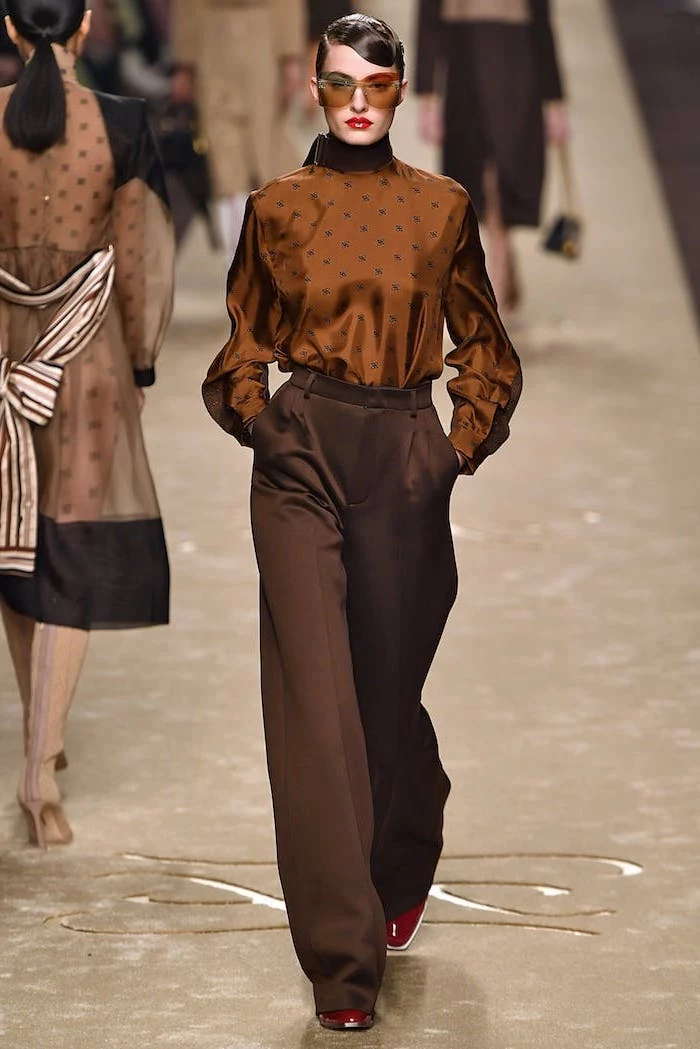
A single wool fiber is remarkably resilient; it can be bent back on itself more than 20,000 times without breaking. In comparison, a cotton fiber breaks after about 3,000 bends.



When checking a garment’s quality in-store, your hands are your best tool. Here’s what to look for:
- Stitch Density: On a sweater, the knitting should be tight and even. Gaps between stitches mean less warmth and poor durability.
- Seam Strength: Gently pull at the seams. They should feel secure with no visible strain on the threads.
- Buttonholes: They should be neatly stitched and robust, not frayed or stretched out.
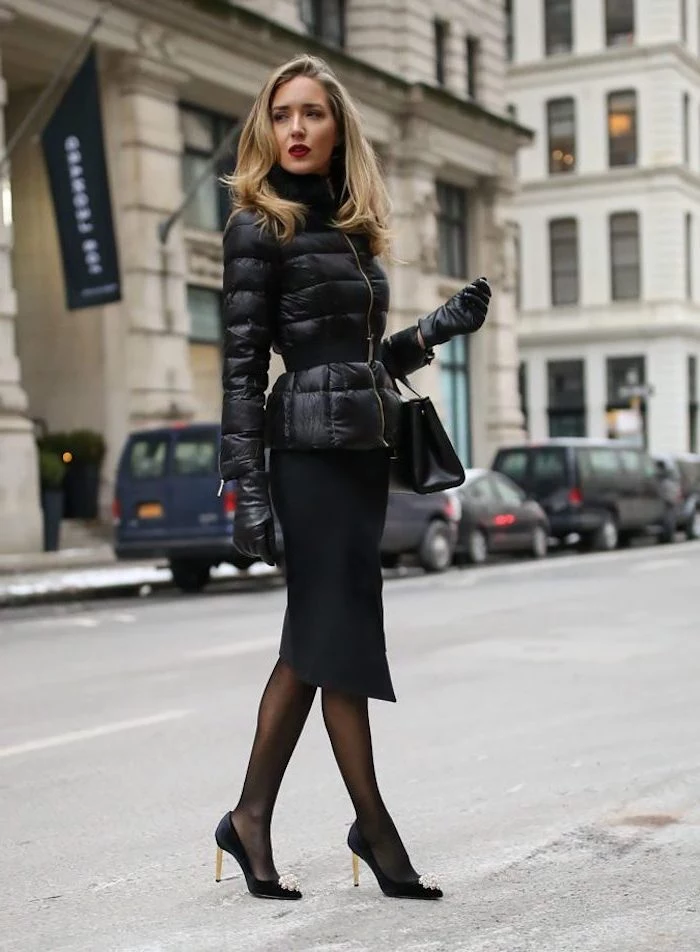
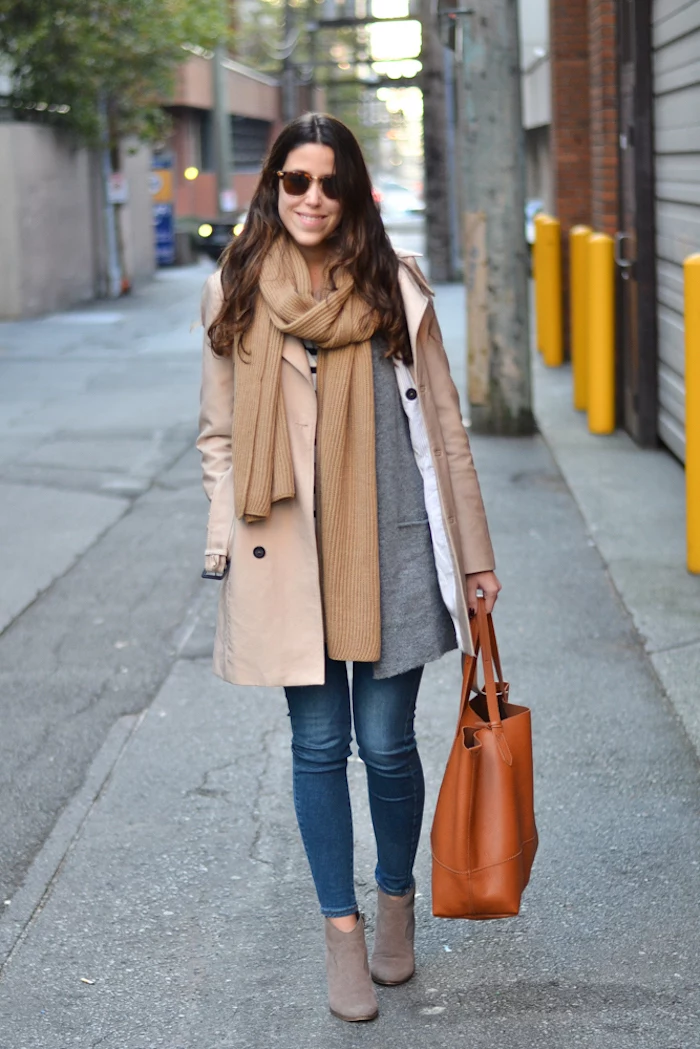

What does ‘Super S’ number mean on a wool suit?
You’ll see labels like ‘Super 100s’ or ‘Super 150s’. This number refers to the fineness of the raw wool fiber used. A higher number means a finer, softer, and more luxurious thread, resulting in a silkier, lighter fabric. While a Super 150s suit feels incredible, a more robust Super 100s or 120s is often more practical and durable for daily winter wear.
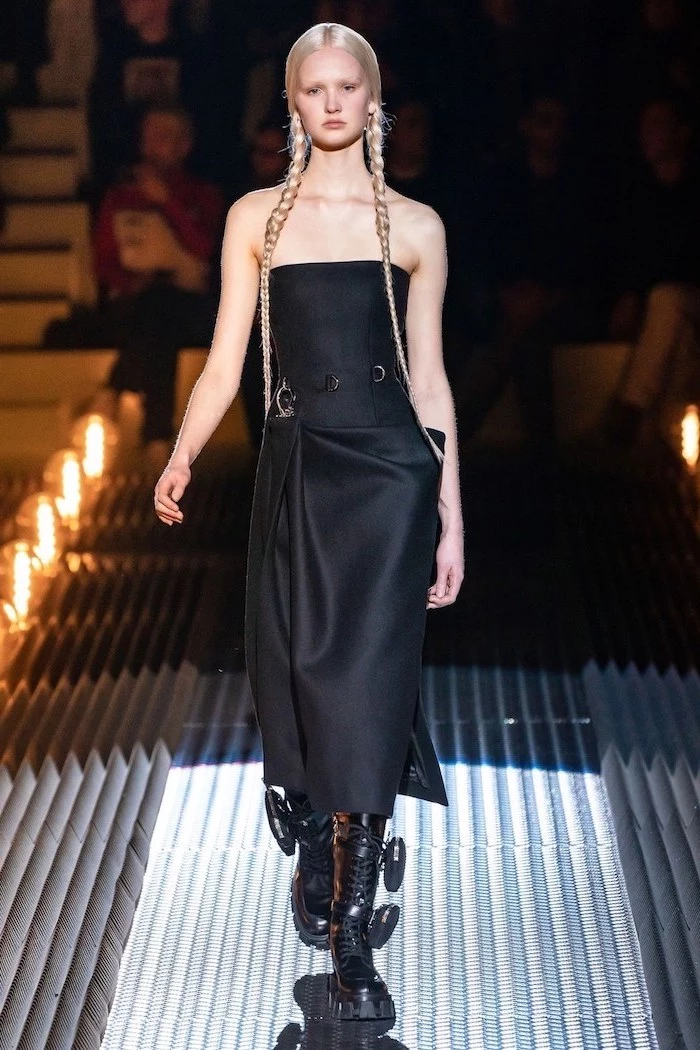


Merino Wool: The workhorse of performance base layers. Excellent at wicking moisture, naturally odor-resistant, and provides great warmth for its weight. Brands like Icebreaker or Smartwool specialize in this.
Cashmere: The pinnacle of luxury and softness. Its fibers are incredibly fine, offering exceptional warmth with virtually no bulk or weight. Ideal for elegant sweaters and scarves where softness against the skin is key.
For pure performance, choose Merino. For unparalleled comfort and sophistication, invest in cashmere.
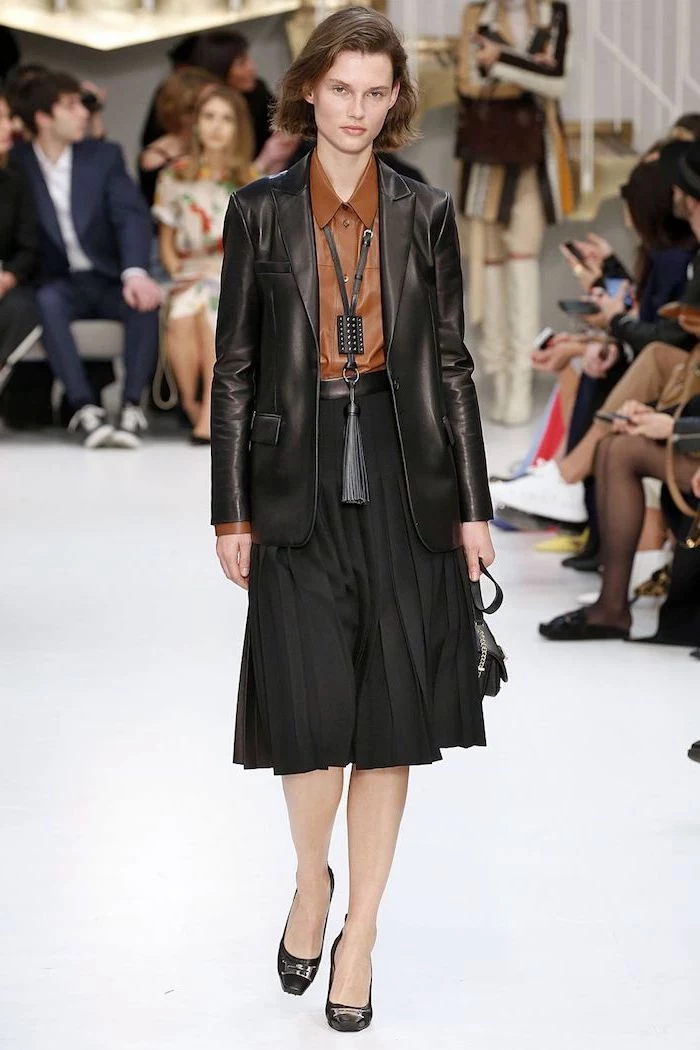

The number you see on a down jacket—like 650, 800, or 900—is its ‘fill power’. It’s not the amount of down, but a measure of its quality and loft.
Fill power measures how many cubic inches one ounce of down can fill. A higher number means the down creates more air pockets, providing more insulation for the same weight. An 800-fill-power jacket from a brand like Arc’teryx or Patagonia will be significantly warmer and more compressible than a 600-fill-power jacket of the same weight.



- It’s naturally weather-resistant, with lanolin oils repelling water.
- It’s incredibly durable and resistant to abrasion.
- Its complex color is achieved by dyeing the wool before it’s spun.
The secret? Harris Tweed. This iconic fabric is not a brand, but a legally protected material handwoven by islanders in their homes in the Outer Hebrides of Scotland. It’s the definition of a fabric with soul.
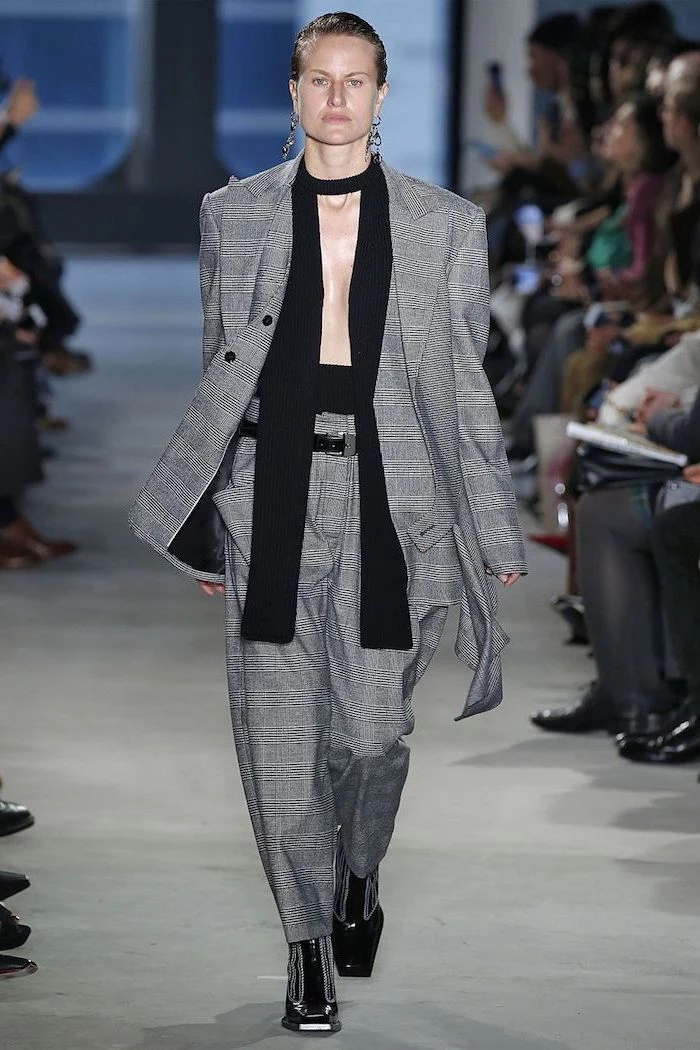
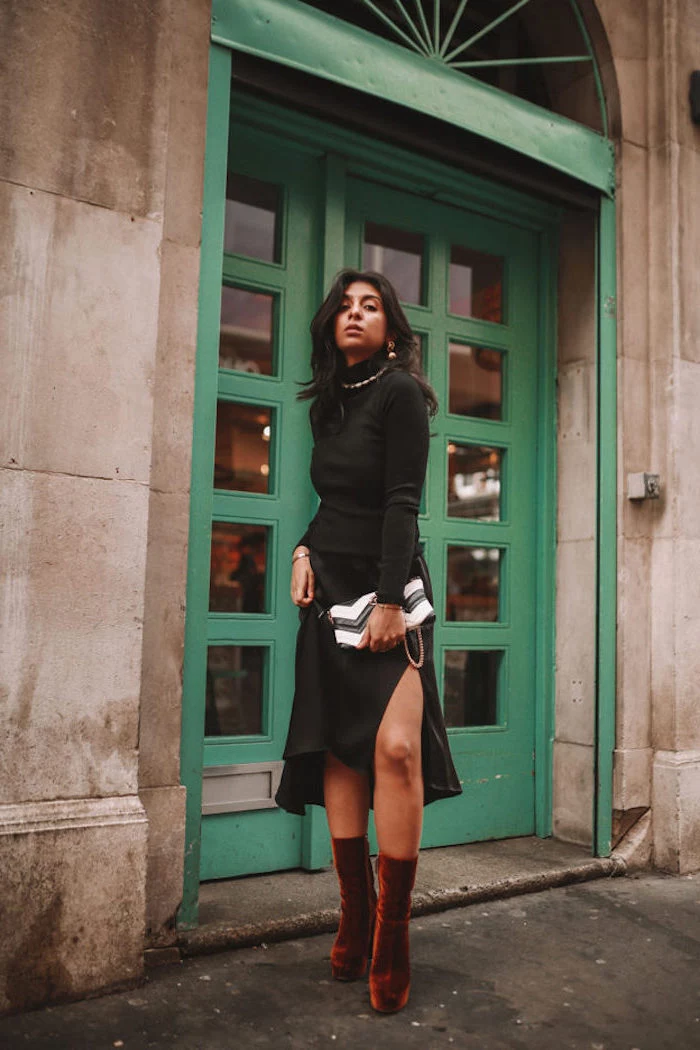
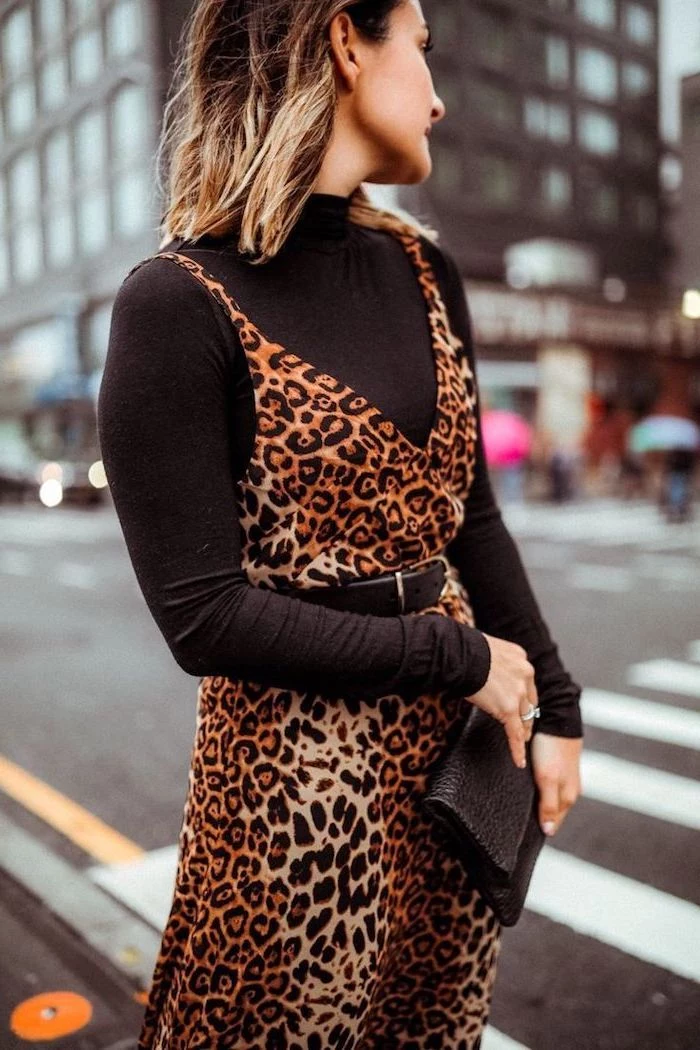
Fleece, particularly Polartec, revolutionized winter wear for a reason. It’s a synthetic knit that’s lightweight, breathable, and insulates even when damp. While it’s not as wind-resistant as a woven shell, it’s a perfect mid-layer for active pursuits.
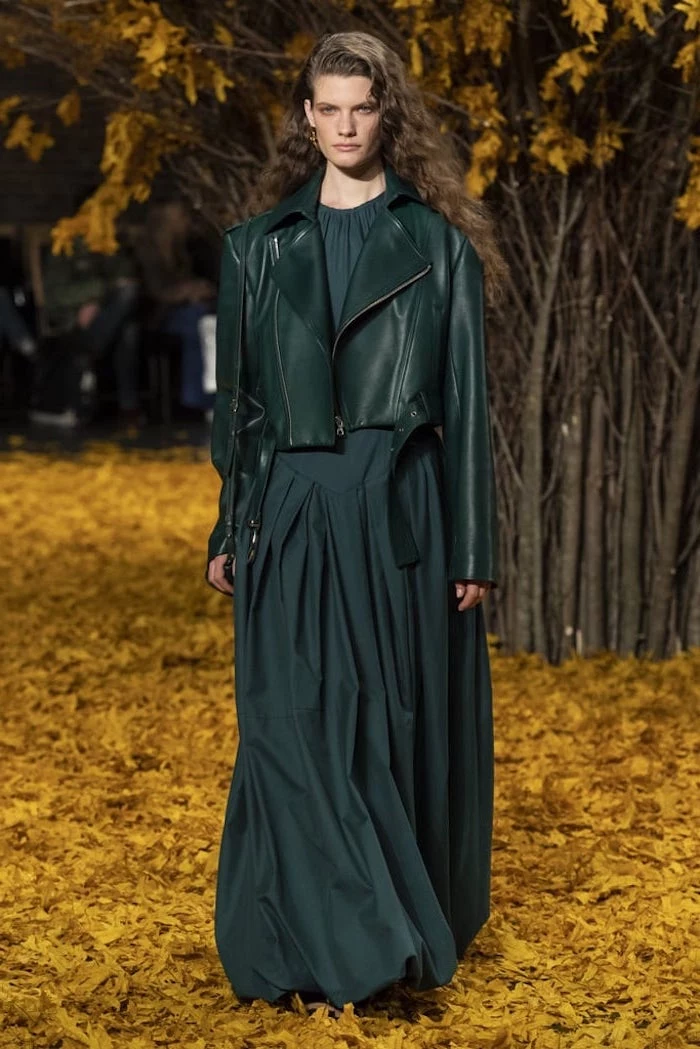
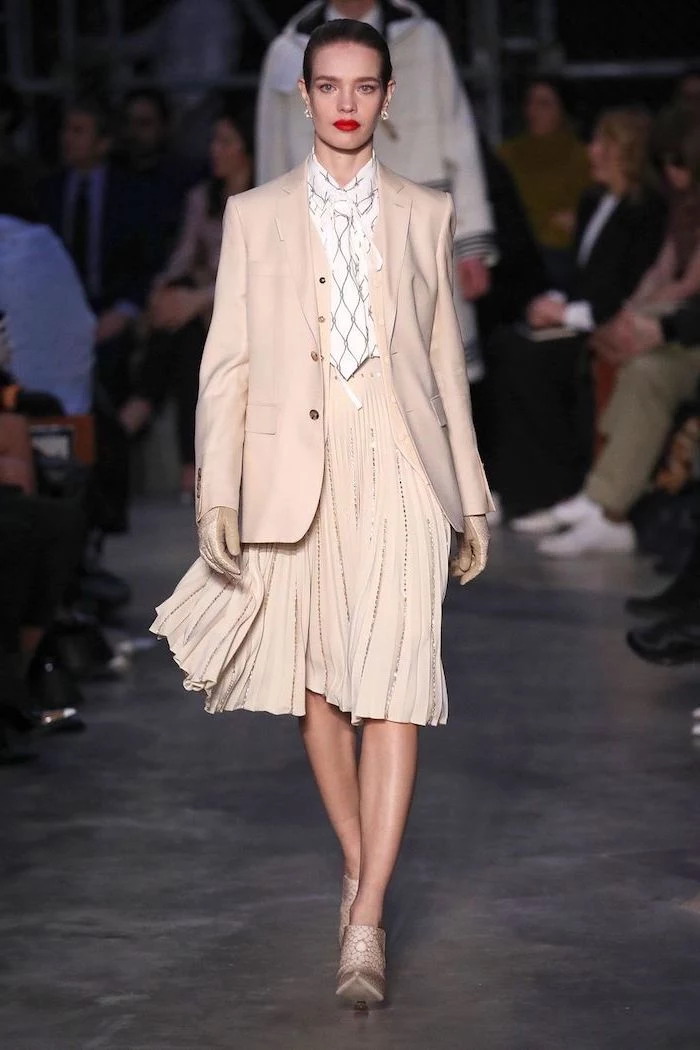
Is my new sweater going to pill excessively?
Pilling is caused by short fibers rubbing together and tangling. To spot a potential problem before you buy, firmly rub a small, inconspicuous area of the sweater for a few seconds. If you immediately see fibers starting to ball up, it’s a sign of shorter, lower-quality fibers, and the garment will likely pill heavily with wear.



The quiet superstar: Alpaca. Often compared to cashmere for its softness, alpaca fiber is semi-hollow, making it surprisingly lightweight while providing excellent thermal insulation. It contains very little lanolin, making it hypoallergenic for those sensitive to sheep’s wool. Look for it in high-end knits and luxurious throws.
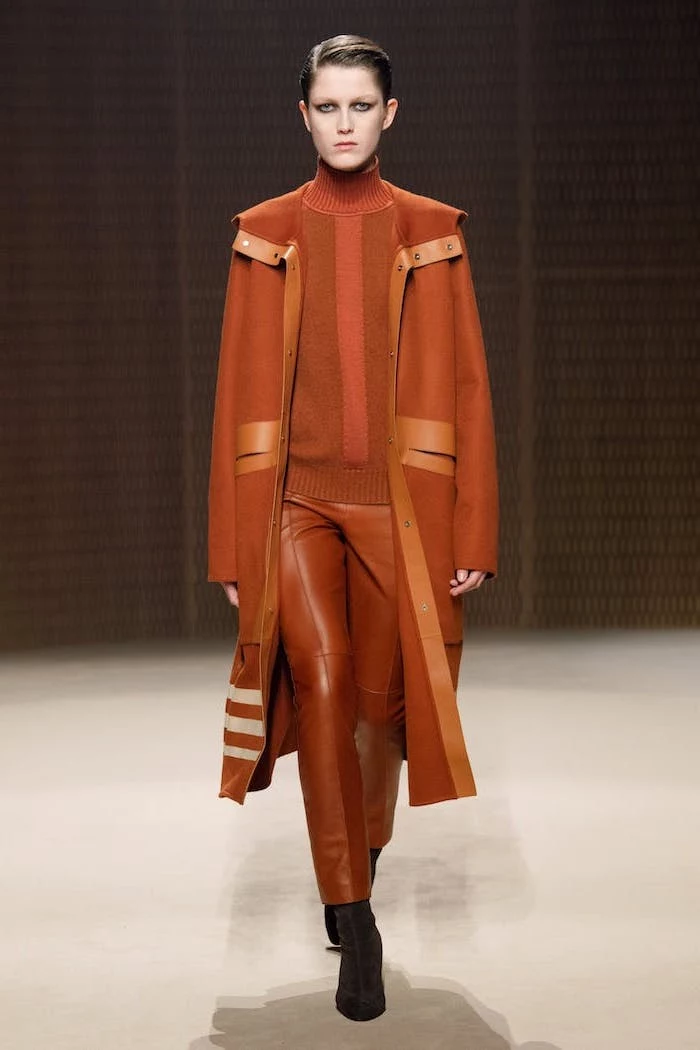

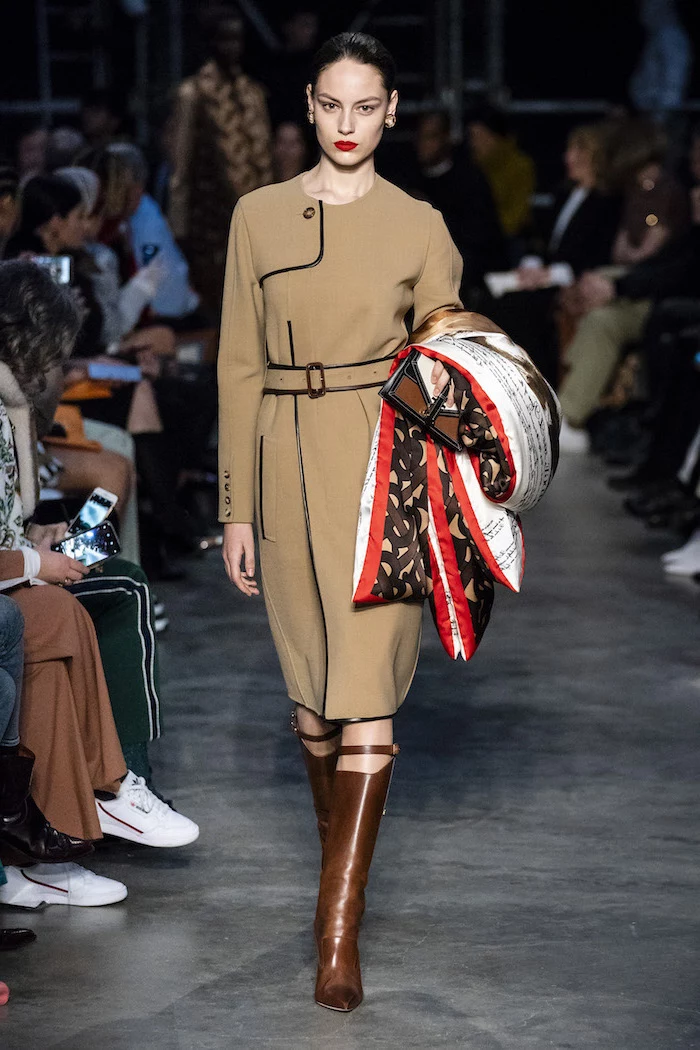
A well-made garment is a conversation between the material and the silhouette. The best winter coats respect the inherent properties of the fabric—they don’t fight against it. That’s the key to timeless design.

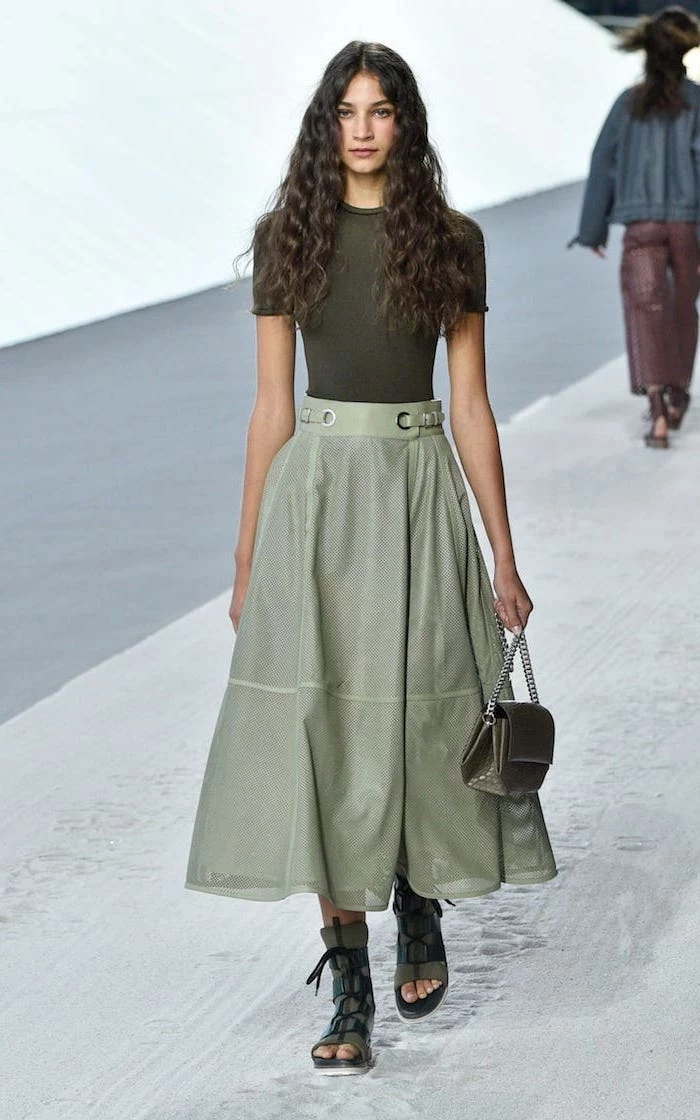

Proper end-of-season storage is crucial for the longevity of your winter clothes. Before putting them away:
- Clean Everything: Moths and other pests are attracted to body oils and food stains, not the fabric itself.
- Fold, Don’t Hang: Hanging heavy knits can cause them to stretch and lose their shape over time.
- Use Cedar or Lavender: Store items with natural moth repellents like cedar blocks or lavender sachets in a cool, dark, and dry place.
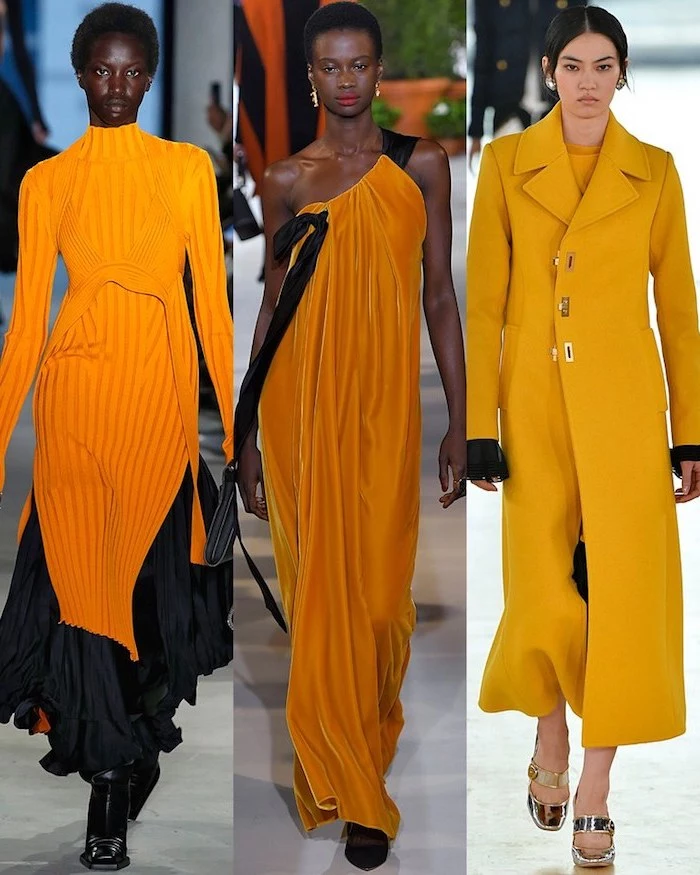
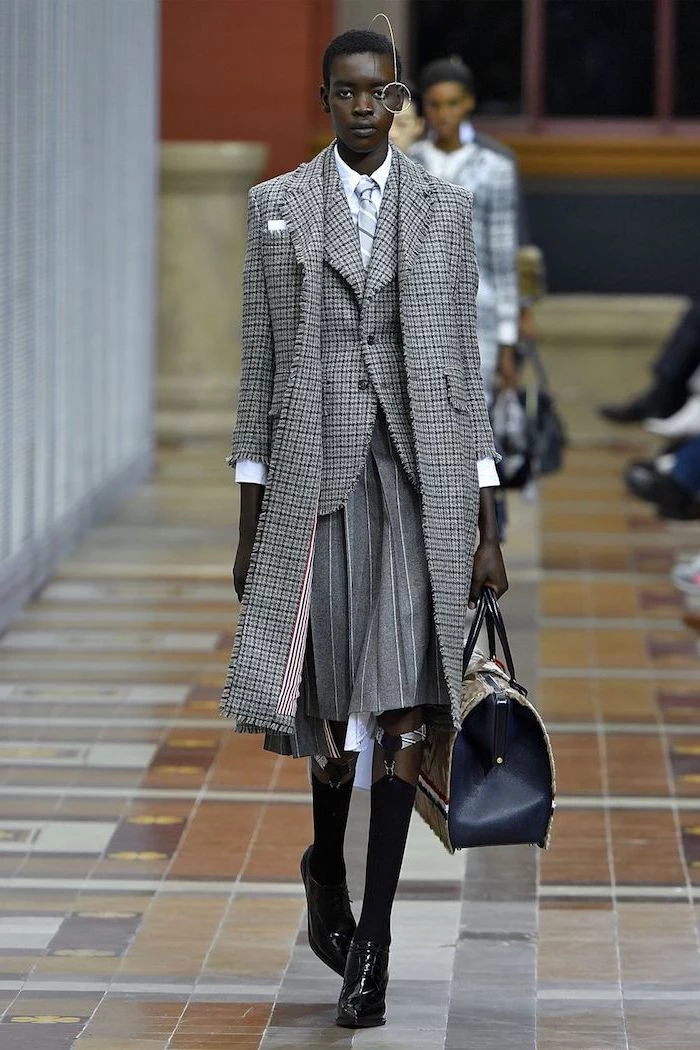
The foundation of a truly warm outfit is the base layer, worn next to your skin.
Synthetic (Polypropylene/Polyester): Its greatest strength is wicking moisture away from the skin at lightning speed, making it ideal for high-output activities like skiing or running. However, it’s notorious for retaining odor.
Merino Wool: Also wicks moisture well (though slightly slower than synthetics) but has the incredible ability to insulate even when damp and is naturally antimicrobial, fighting odor for days. It’s the more versatile choice for travel and all-day wear.


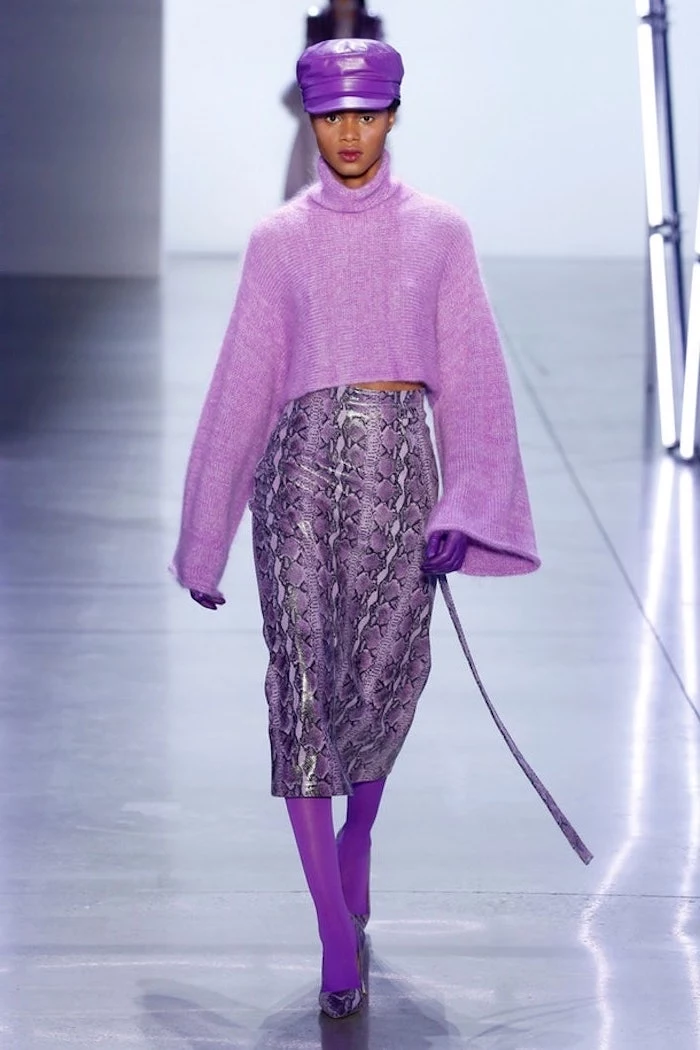
- It shields you from biting winds.
- It keeps your core temperature stable.
- It allows moisture from inner layers to escape.
This is the job of your outer layer, or ‘shell’. Look for tightly woven fabrics or technical membranes like GORE-TEX, which are engineered to be both waterproof and breathable, forming the final piece of the layering puzzle.



Don’t underestimate corduroy. The raised ‘wales’ (the cords) are essentially channels of plush, cut-pile fabric. They do an excellent job of trapping air, making corduroy trousers significantly warmer than standard cotton twill or denim. It’s a classic, textural way to add warmth to your everyday wardrobe.


The critical detail: Storm Plackets. This is the flap of fabric that covers the main zipper on a winter coat. A good coat has both an external and an internal placket. This simple feature is one of the most effective ways to block wind and rain from penetrating what is otherwise a major weak point in your defense against the cold.


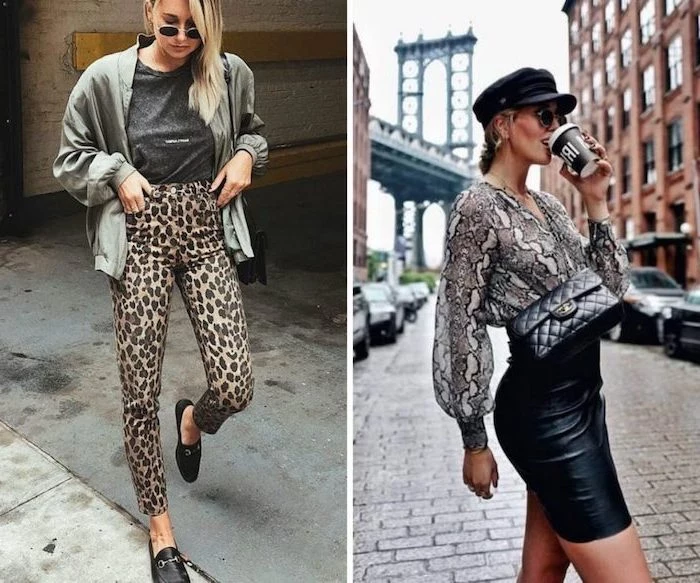
The intricate patterns of an Aran sweater are not just decorative. Originating from the Aran Islands off the west coast of Ireland, each stitch had a meaning: the Cable stitch represented a fisherman’s ropes and hopes for a good catch, while the Zig-zag symbolized the winding cliff paths.



How can I get the benefits of quality wool on a budget?
Look for lambswool. It’s the first shearing from a sheep, resulting in fibers that are extremely soft, smooth, and fine—often rivaling more expensive wools in comfort. Also, consider high-quality thrift or vintage stores. A well-made wool coat from 30 years ago is often superior in material and construction to many fast-fashion options today.
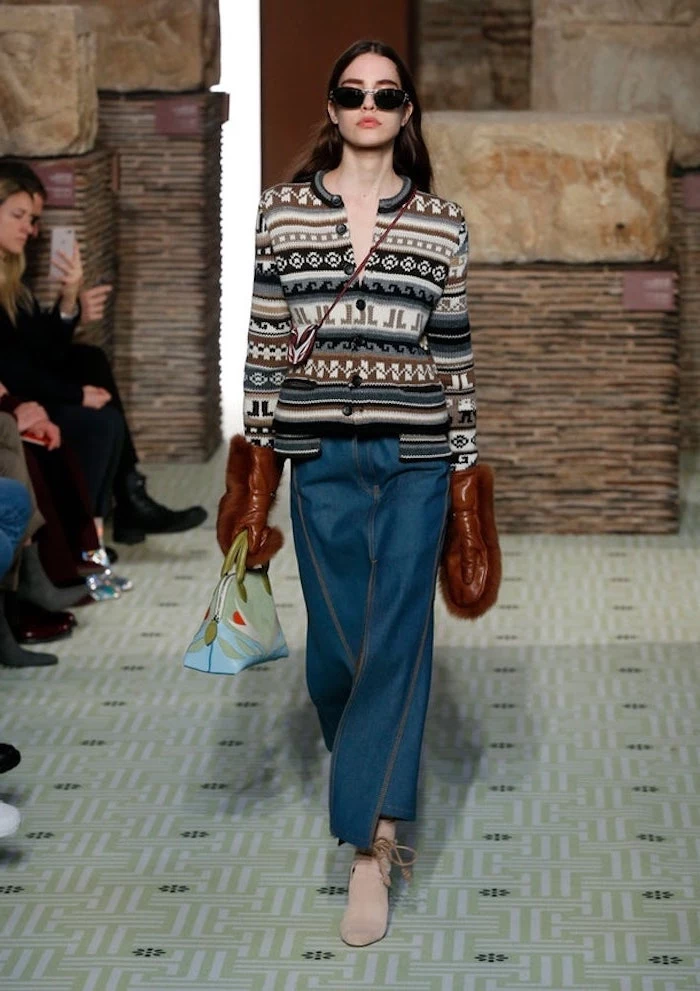
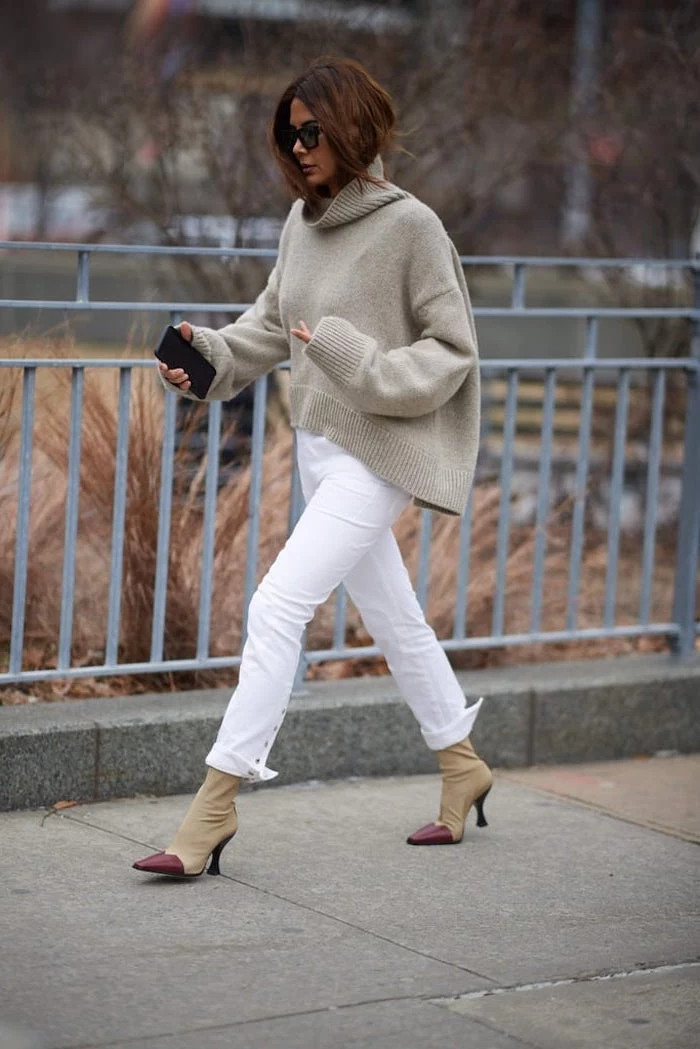

A leather jacket can be a winter staple, but only if it’s designed for it. Look for versions with a built-in shearling or quilted lining for insulation. For true cold, you need to be able to wear a substantial sweater underneath, so always size up slightly from your usual fitted leather jacket.


- Goose Down: Generally sourced from more mature birds, goose down clusters are typically larger. This means it has a higher potential fill power, offering more warmth for its weight.
- Duck Down: More widely available and therefore more affordable. High-quality duck down can still offer excellent insulation, but it won’t reach the same top-tier fill power ratings as the best goose down.
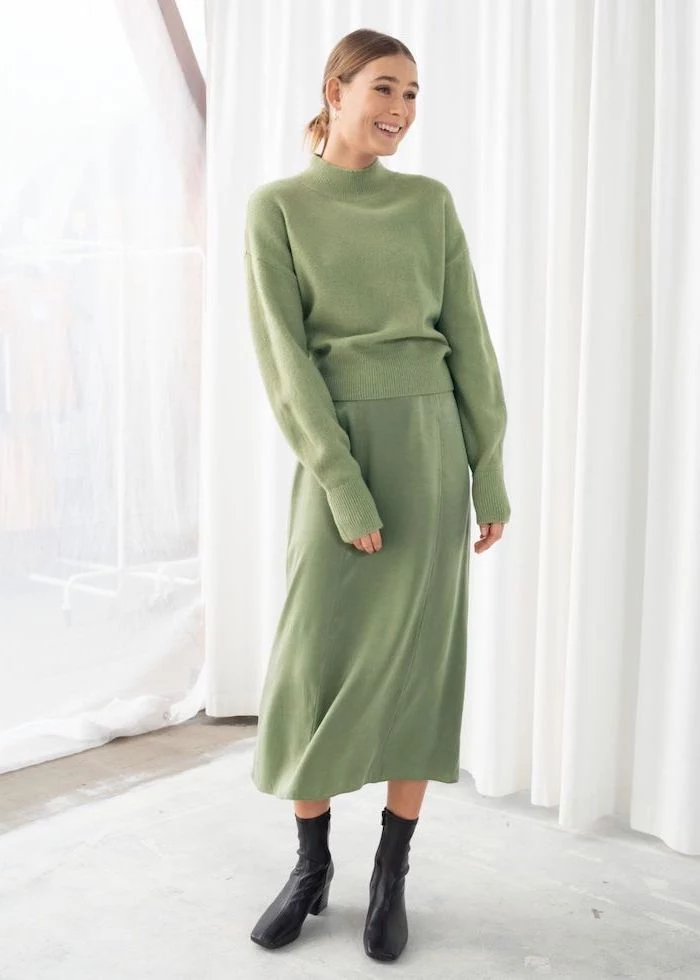
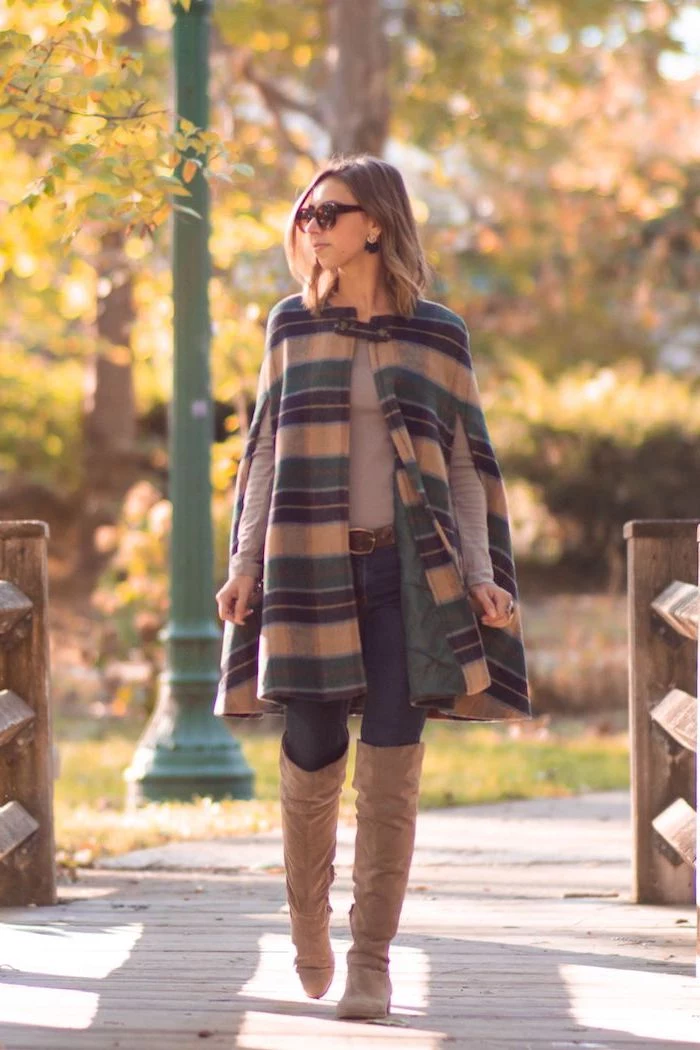

A scarf isn’t just an accessory; it’s a functional tool for sealing the gap around your neck where heat escapes. A fine-gauge cashmere or merino scarf feels best against the skin and tucks easily into a coat. For bitter cold, a thicker, chunkier lambswool scarf provides a more substantial barrier against the wind.

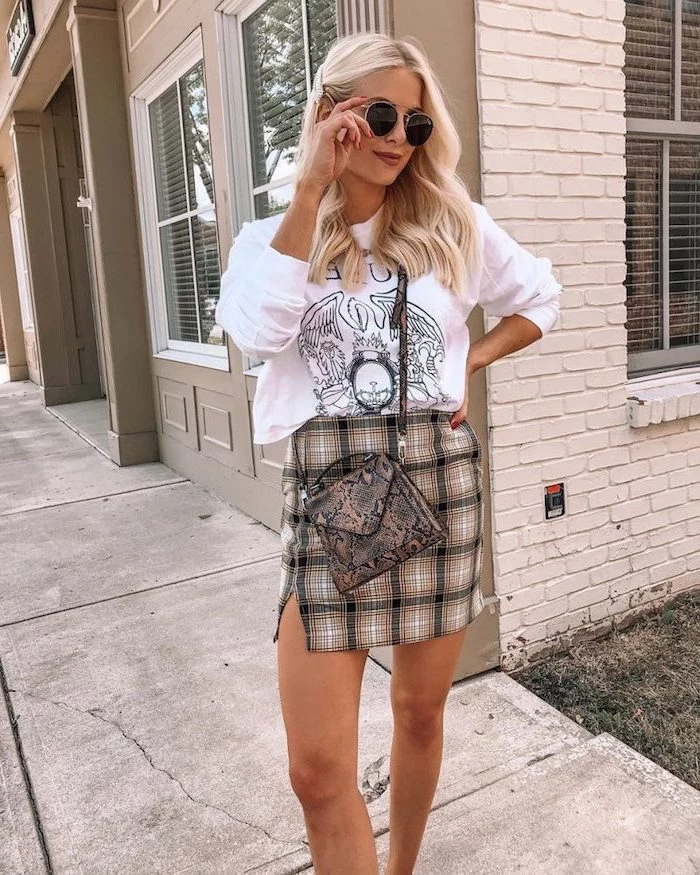

Did you know that Ventile, a special type of high-density cotton, becomes waterproof when wet? The fibers swell to block water from passing through. It was developed in the UK during WWII for RAF pilots’ immersion suits, proving that even ‘simple’ natural fibers can be high-tech.
This is a great example of how construction can be as important as the material itself. A fabric’s performance is all in the details of its weave and finish, not just what it’s made from.

The often-ignored factor: Fit. A winter coat that is too tight is a cold coat. It compresses the insulating layers beneath it (like your sweater or down mid-layer), squeezing out the trapped air that keeps you warm. Always ensure you have enough room to move comfortably with your thickest sweater on.


